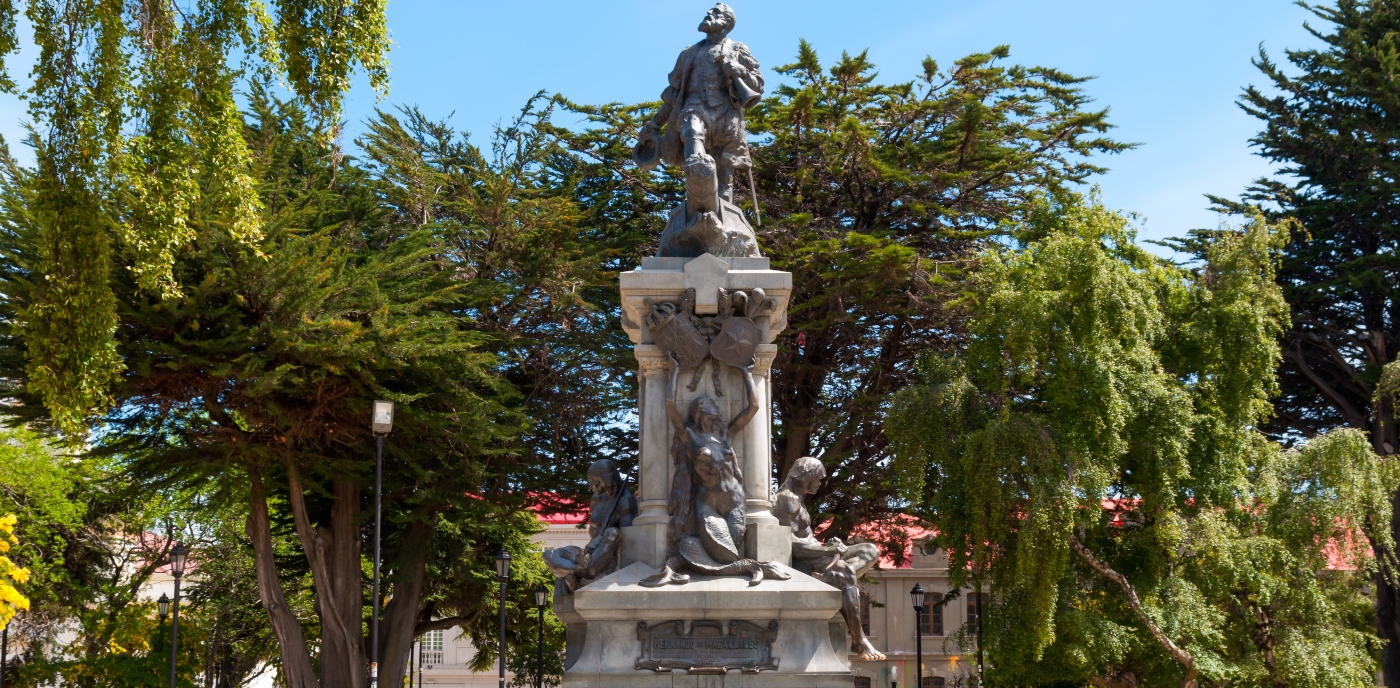Are you having a night by a bonfire? Learn about the stories, myths and legends of Chile
By: Chile Travel - 28 August, 2021
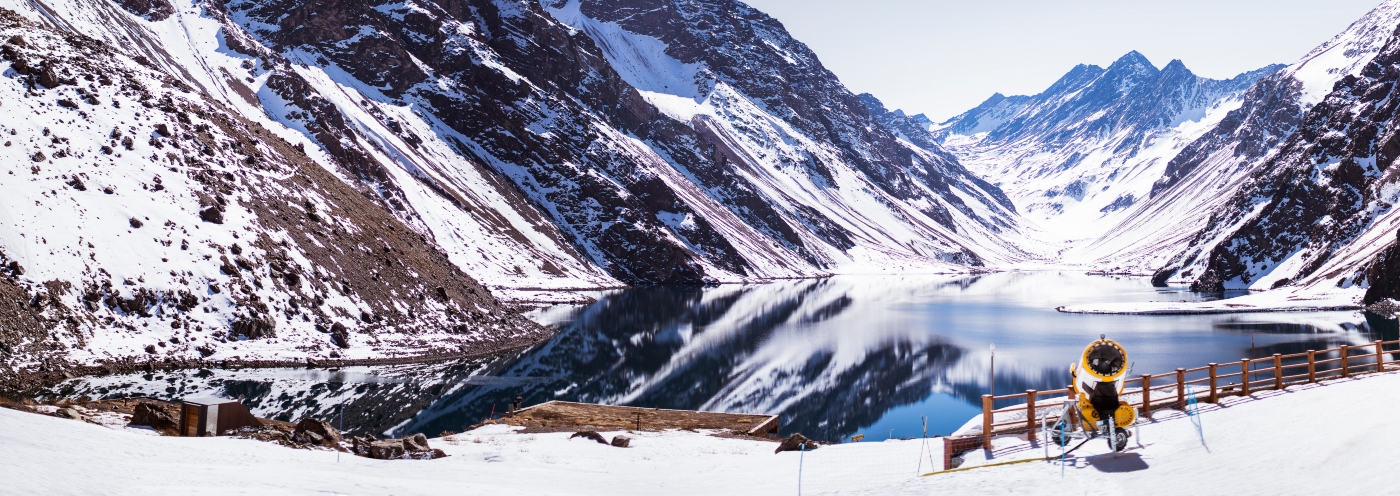
In the countryside, mountains and villages throughout Chile, generations of grandparents and parents have passed on stories to the children in order to explain nature´s phenomena and century-old beliefs, which have left us traces of our ancestor´s rich Cosmo vision. If you want to learn about our history, this is an exciting way to know the stories, myths and legends of Chile.
Some of them tell what really happened, others claim to be the result of collective imagination and the least among them say they were simply a dream. The truth is, these stories developed over time, adding new details and evolving as they are told, populating the memory and beliefs of each Chilean in a magical way, and now are being shared so they can travel the world.
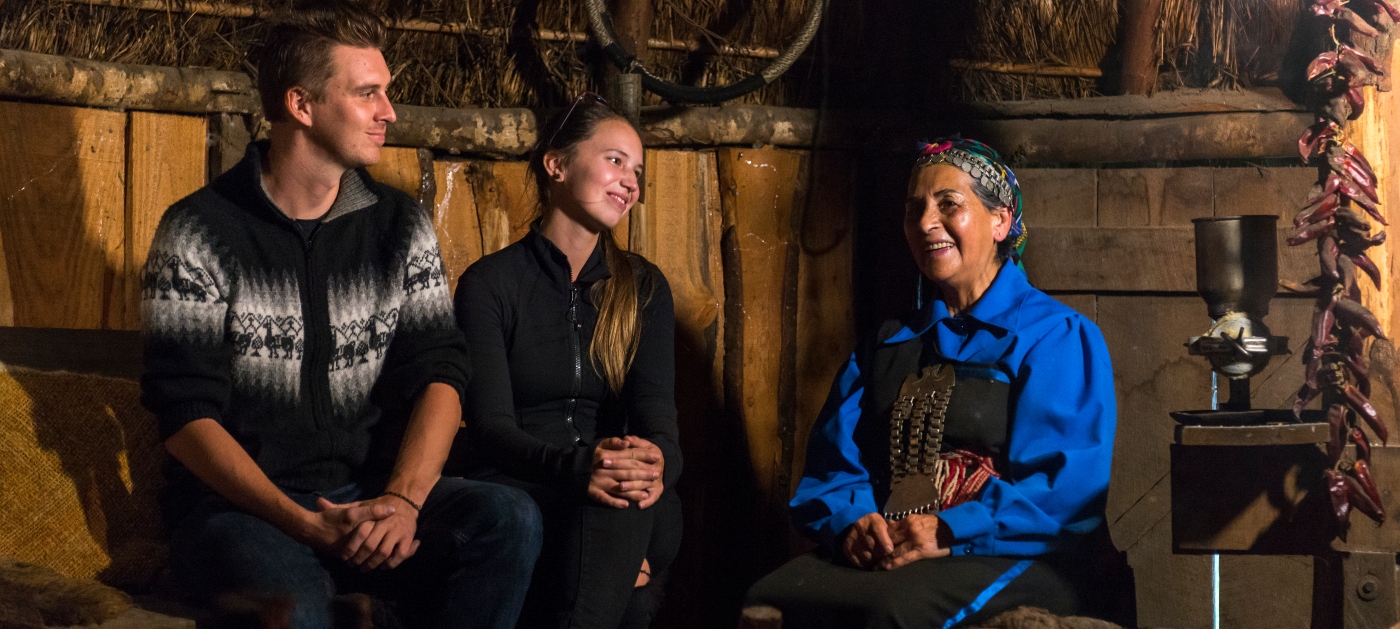
THE AÑAÑUCA FLOWER
In the village of Monte Patria, close to the Limarí River, there once lived a young beautiful woman named Añañuca. The town used to be called Monte Rey, or Mount King in English, because at the time Chile was under the domain of the King of Spain. Although many of the town´s young men tried to court her, and fought for her attention, none of them were able to win her heart. One day, a mysterious and handsome miner arrived to Monte Rey looking for gold.
As soon as he saw Añañuca, he fell in love, and decided to stay in Monte Rey. The young man also charmed Añañuca. One night, the miner dreamt that an elf from the mountain showed him the exact location of a rich vein of gold that he was obsessed about. Without hesitation, he decided to go and search for the gold, promising Añañuca that he would return for her.
Añañuca waited for him day after day, but her lover never returned. Sorrow took over her mind and soul, and she slowly died heartbroken. The people of Monte Rey cried for her and buried her body on a very unusual rainy day in the north of Chile (where it almost never rains). The following day, the sun came and dried the rain, heating the land, and suddenly, many red flowers bloomed everywhere, that the people named Añañuca in the girl´s honor.
These flowers still grow between Copiapó and the valley of Quilimarí. Every time the sky cries over the flat, barren and desert lands of the Atacama, it transforms into a marvelous garden of flowers, known today as the “Blooming Desert”, and the Añañuca is the most wanted by the desert´s visitors.
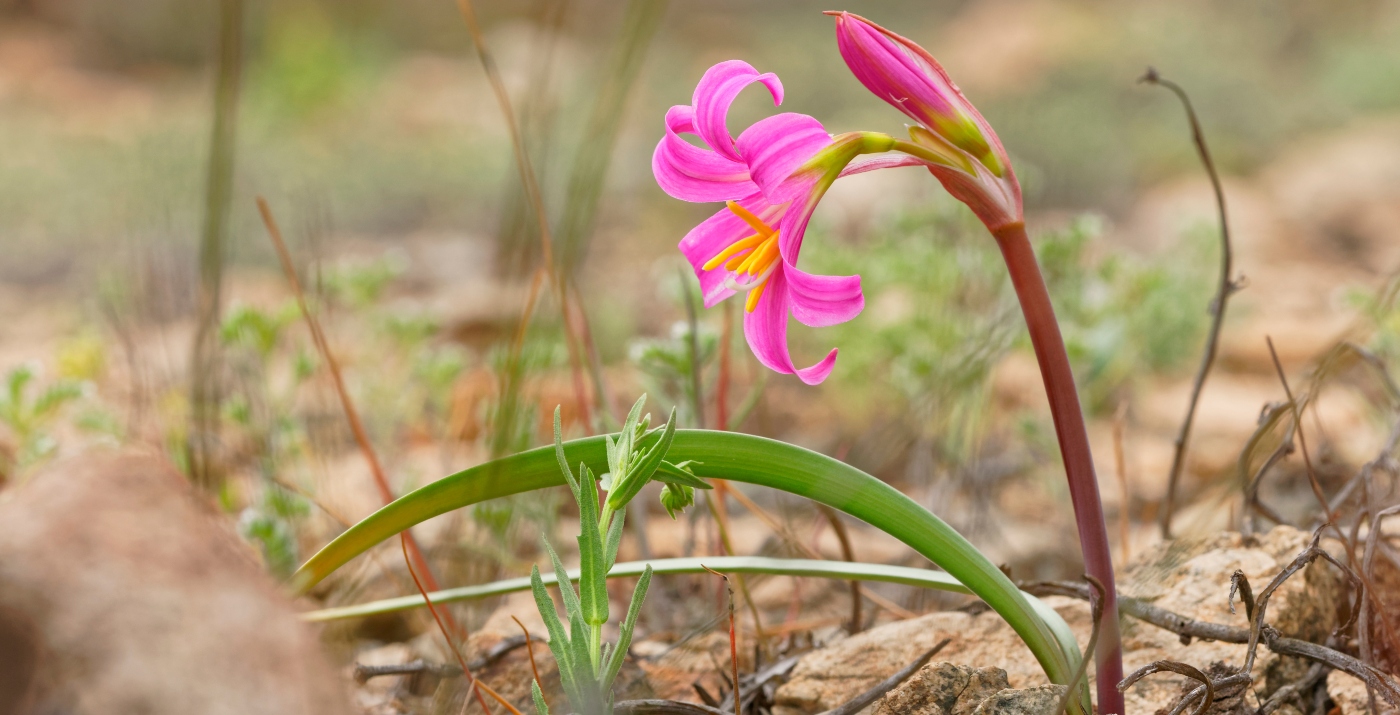
THE COUGAR´S ROCK
When the Spanish arrived to the town of San Felipe, a few kilometers north of Santiago, many cougars lived there. These large felines were often seen around the mountains and the valley of Aconcagua, and silently shared the land with the natives.
On one of the hills close to San Felipe, called Yevide, there lived a beautiful cougar that, on a spring day, gave birth to two healthy and playful cubs. One day, she went hunting a bit further than usual in order to feed her cubs, and some muleteers that were passing by saw and took the young cougars.
The cubs’ mother, desperate, searched for them incessantly, with no luck. One night, in her misery, she stood upon the biggest rock of the Yevide hill, and with great sorrow, started roaring so loudly that every single person in the entire valley heard her cries.
The sad beast disappeared, and since then, not a single cougar was ever seen again on the hills of San Felipe. Nowadays, on cold winter nights, villagers say they hear the cougar moaning. It is believed that the animal´s soul still claims for her babies that she had left hidden by the rock.
THE INCA LAGOON
Not long after Spaniards arrived to South America, the Incas had extended their empire all the way south to central Chile, and there is an abundance of archaeological evidence and stories that prove their existence in Chile.
In the area of Portillo, which today is better known as a ski center a couple hours from Santiago, there is a famous turquoise lagoon, called the Laguna del Inca, or Inca Lagoon in English.
According to the legend, there lived an Incan named Illi Yupanqui, who fell in love with a beautiful princess named Kora-llé. As the princess requited the love, they soon sealed their love in a wedding ceremony that was held on the summit of one of Portillo´s mountains next to a lagoon.
According to the ritual, after the ceremony, the bride, dressed in her wedding gown with precious jewels, had to descend down the hillside with her entourage. The road, being as narrow and covered in gravel as it was, was hard to walk on, making the princess slip and fall into the void.
Illi Yunpanqui ran desperately, only to find his beloved laying dead at the edge of the lagoon. With deep sorrow, and believing that no grave was big enough to hold his princess, he decided to deposit her body in the depths of the lagoon.
Kora-llé was wrapped in white linen and her body was left to sink right in center of the lagoon. As her body descended, the water magically turned to turquoise, the same color as her eyes.
Since then, it is said that the calm water of the Inca Lagoon is enchanted and that the soul of Illi Yupanqui wanders around crying for his fiancée. Visit the Inca Lagoon during the winter, and we promise that you are going to see the most beautiful sunset, and hear the sad cries of the Inca Yupanqui, because he never stopped loving his wife.

LA PINCOYA
One of the most well-known and popular Chilean myths among the fishermen of the island of Chiloé is the story of the Pincoya, a woman who lives in the sea, but who, unlike a mermaid, has a completely human body and beautiful blonde hair.
Pincoya is a young woman who lives in the depths of the Pacific Ocean, but sometimes she appears on the beaches to announce either the abundance or the scarcity of fish, depending on the direction in which she performs her expected dance.
When Pincoya appears on the beach dancing with her arms open and facing the sea, the fishermen expect good fishing. On the contrary, if her dance is facing inland, it´s a bad omen and it means there will be no fish.
Joy, even in times of poverty, attracts the Pincoya to perform her predictive dance, which is why the Chilote people sing, dance and make curantos (a typical dish of the island of Chiloé) for her to see and to favor them.
Pincoya, a very beautiful, kind and sweet figure, is also responsible for rescuing lost fisherman and to bring them back to shore. When this is not possible, according to the myth, she takes the fishermen´s body to the deck of a ghost ship, called El Caleuche, so that they become one of the ship´s crewmen.
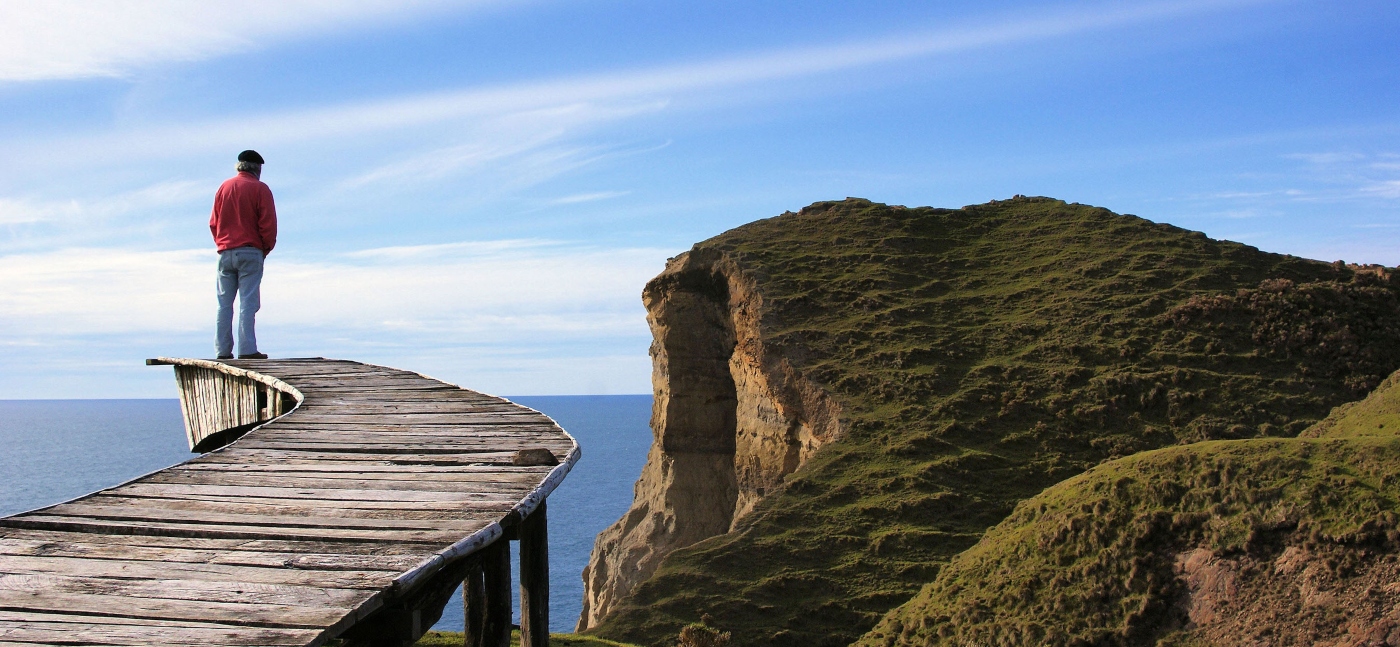
EL CALEUCHE
One of the most widespread legends in Chile also navigates the waters surrounding the island of Chiloé. The Caleuche, a ship that supposedly belonged to a wandering Dutch sailor, or was a slave ship – nobody knows for sure- tells the myth of a ghost ship, which has even been taken to the big screen and is the topic of several sticky songs.
The truth is, Chilotes (the people of Chiloé) tell us that from time to time, a ghost ship sails between the islands and canals around Chiloé, and there always seems to be a party onboard. Completely lighten up, the joy of the ship´s celebration can be heard from afar, playing music that encourages the crew to dance and have fun on the legendary ship.
The melody and the crew´s hustle are hypnotizing for those who listen to it and are, therefore, in imminent danger, since the bravest ones who dare get too close to the ghost ship can be captured by its ghosts and condemned to live as a crew member for eternity.
The legend says that the Caleuche´s crew is composed of sorcerers and magicians, who on dark nights make the ship´s sails shine with a reddish light. When it wants to hide, it causes a dense fog to roam the archipelago during the day, or it simply becomes invisible or becomes a rock, and the crewmembers are sea lions or gannets.
Watch out! Those who look directly at the Caleuche can suffer, by the power of witchcraft, and get crooked mouths or have a leg bent towards their back. And also be careful, because the shipwrecked and drowned fishermen may be taken to the ship by the Pincoya and turned into Caleuche crewmen for eternity. These new crewmembers can see cities and its treasures in the bottom of the sea, but they never reveal what they have seen.
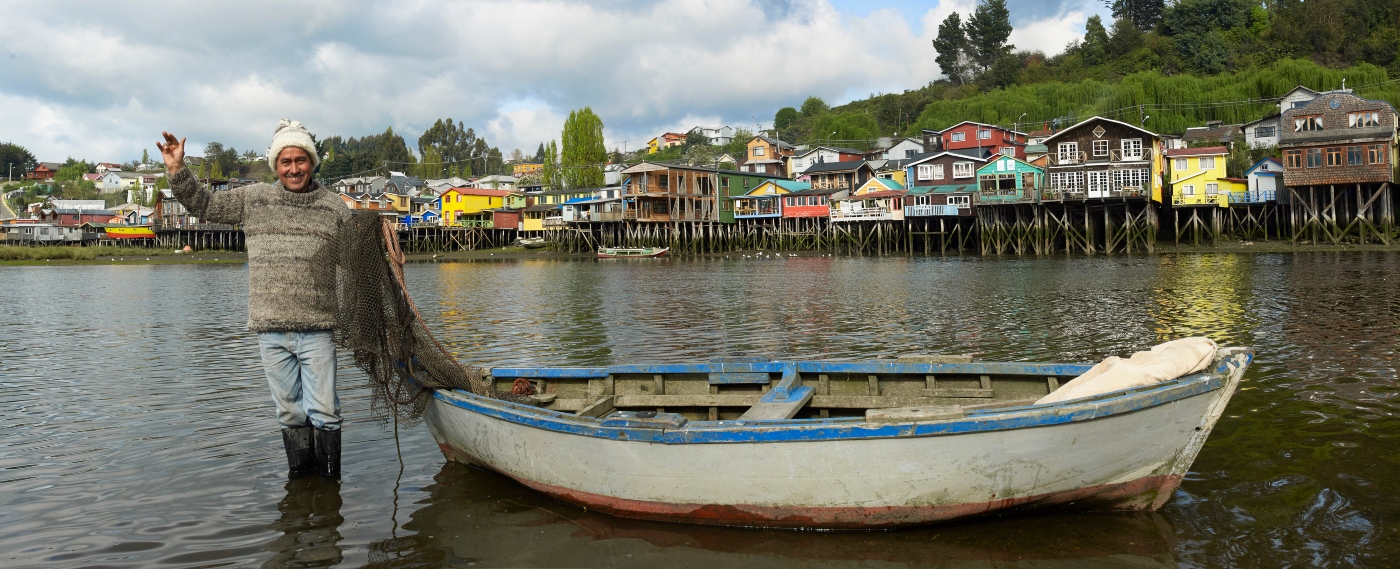
THE FINGER OF THE PATAGONIAN INDIAN
In the city of Punta Arenas, there´s a legend that tells a story about a Spanish sailor who stood in front of the monument of the navigator Hernando de Magellan’s to meditate for a while when, suddenly, he looked at the Patagonian Indian who is beside the sailor in the statue.
His fascination for the sailor and the figure of the Indian was so big that he decided to tattoo their image on his chest and went to a skilled artist to do the job as faithfully as possible.
The gracefulness and realism of the tattoo was so great that the Indian on the sailor’s chest seemed to come alive with each of the man´s movements. The Indian’s eyes seemed to be able to stare and his cheeks to wobble. But the most striking part of the Indian was his big toe that seemed to shake when the skin moved.
Admiring himself in front of the mirror, the Spaniard thought about asking the Indian whether his next adventure would be as successful as he expected. Suddenly, and to his great surprise, he saw the Indian’s big toe move affirmatively. Happy and confident with his answer, he went to the port to embark.
As he passed by the monument, he stopped next to the statue and, beating his chest, said: “Here I take you, friend. I want to be as strong as you and never get hit by bullets”. Then, he approached his foot and gave him a big kiss on the big toe, saying, “Help me, give me good luck”.
When months later, the sailor returned to Punta Arenas, beaming with joy, he told everyone about how well he had done and that he thought the Indian was the reason for his success.
After this, and to this day, it is a custom that those who pass in front of the statue in the Plaza de Punta Arenas kiss or touch the Indian’s toe, asking for help and protection. And travelers who do so will return to the area for sure. So, visit the southern tip of Chile and see the power of the Patagonian Indian for yourself!
